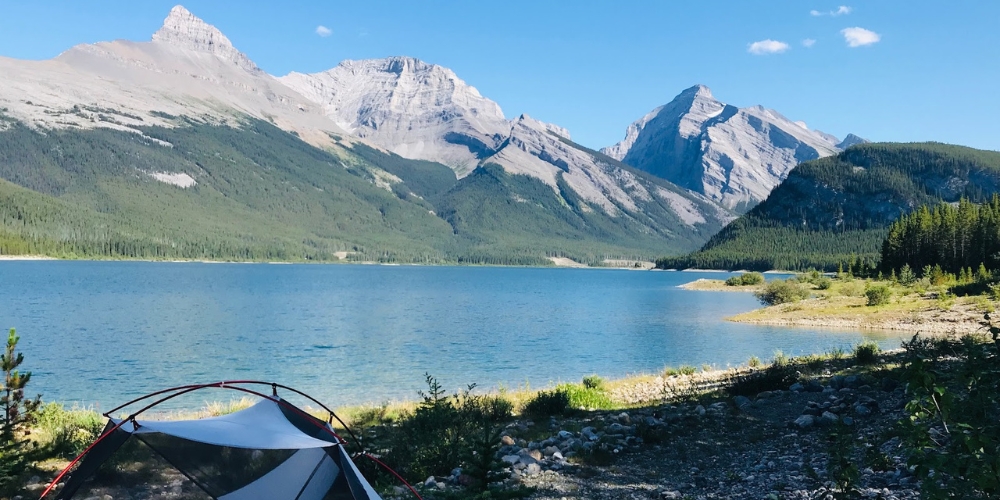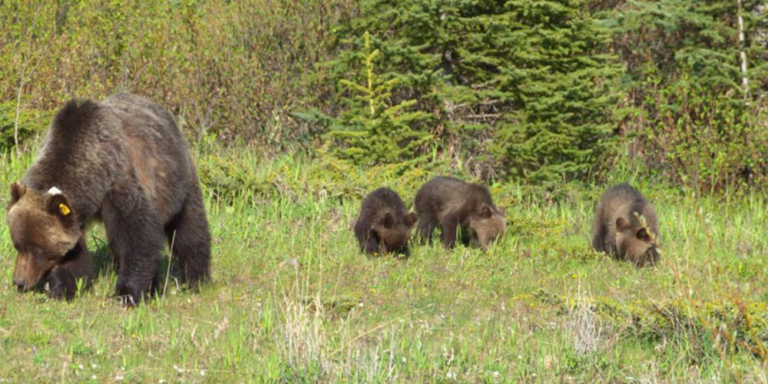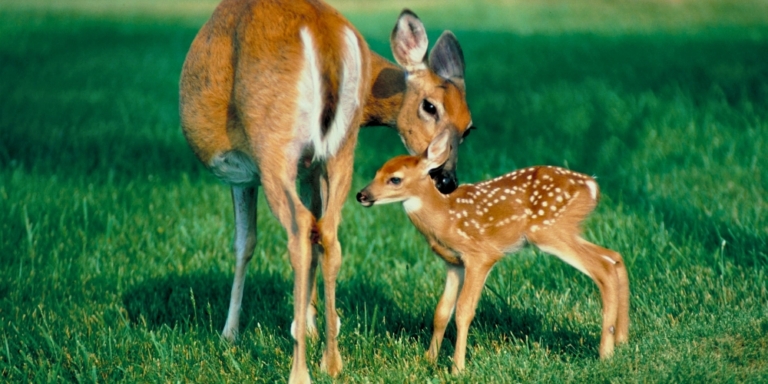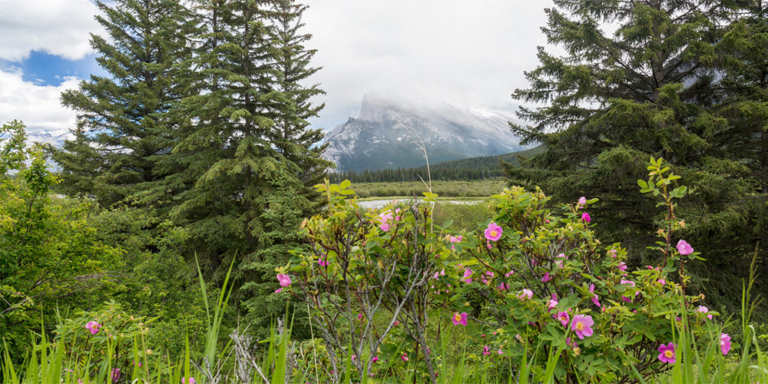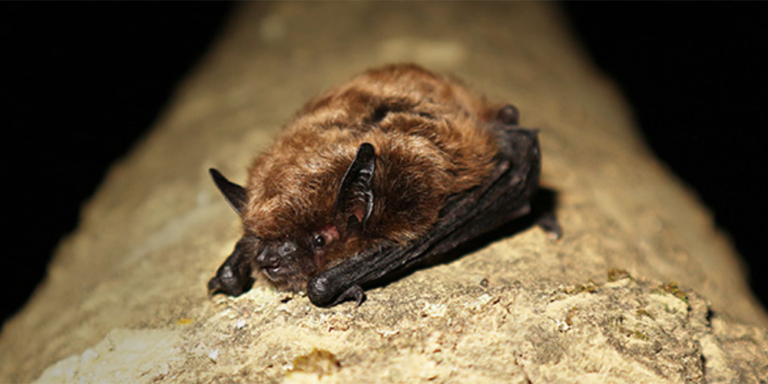This past summer has seen many human-bear conflicts in our mountain parks, especially involving bears attracted to human food.
For instance, a mother grizzly and three cubs had to be relocated in Jasper after the bears snacked on food at a picnic table. Recently, there have been numerous incidents of bears feasting on fruit trees and trash in both Banff and Calgary.
Bears are becoming more habituated to humans, and some bears are now associating humans with food, which is disastrous, mainly for the bears but sometimes for the people.
For example, a habituated black bear walks up to an unsuspecting camper, expecting food. The camper is shocked and terrified and moves away, and the bear gets some potato chips and hot dogs.
Guess what? Now, the bear knows it can scare away humans and get some tasty junk food.
You can see how this will end badly.
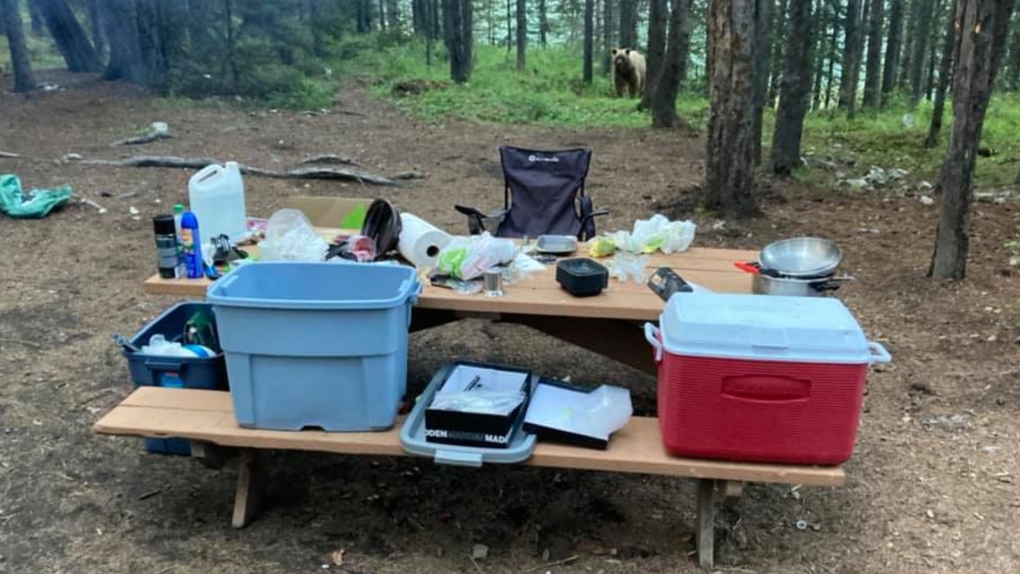

Redesigning Campsites To Protect Wildlife
One thing we can do to prevent these conflicts is to keep people out of areas bears like to hang out in. If bears can stay in their preferred habitats with natural food, then it’s less likely they’ll get addicted to Doritos.
Alberta Parks is looking at redesigning some existing campgrounds to protect people and wildlife better. One campground getting a make-over is Spray Lakes West Campground in Kananaskis.
This campground stretches five kilometres along Spray Lakes, but the agency plans to shrink it to only 1.5 kilometres. This will give more space back to animals, like bears, and still let many people camp there.
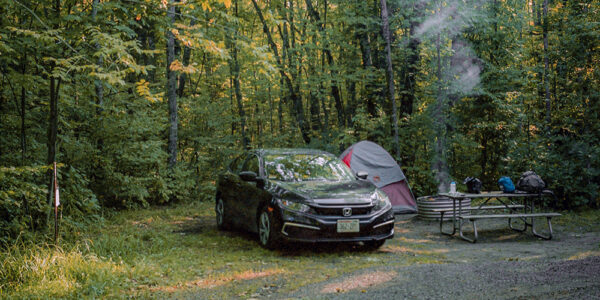

Debbie Mucha from Alberta Parks says the current campground setup has been bad for wildlife.
Many times, animals and people have come too close for comfort, especially with bears.
“We’re consistently having negative interactions between bears and people, and that’s with the campground users but also recreationalists in the area,” Mucha told the Rocky Mountain Outlook.
This campground is open from May to September. Just 16 kilometres from Canmore, it is located in the middle of a wildlife corridor, making it a hot spot for bear activity.
A wildlife corridor is a safe path for animals to move between habitats without running into human activities or structures like roads.
Increasing Conflicts with Wildlife
There were two incidents this summer at the campground where a bear got too close to campers. A black bear ripped a tent in May and chewed on non-food items at two campsites.
John Paczkowski, another official from Alberta Parks, shared that the number of times people and bears bump into each other in this area is increasing.
“It’s an ongoing issue that we have. Bears use the wildlife movement corridor along the edge of Spray Lakes, and we’re seeing a stable, slightly increasing number of human-bear conflicts in the area,” he said.
Even though no one was injured this year, they are worried about the future safety of people and animals.
Moving Attractants
One thing that attracts bears to this area of Kananaskis is a berry called the buffaloberry.
Alberta Parks plans to remove these plants from the new campsite area to keep bears away from people but relocate the fruit-bearing shrubs into the wildlife corridor.
This way, bears will keep their preferred food source without being too close to the campers, making them less likely to go looking for picnic baskets to munch on.
Alberta Parks also wants to build a special path for wildlife to help the critters move without crossing through the campground.
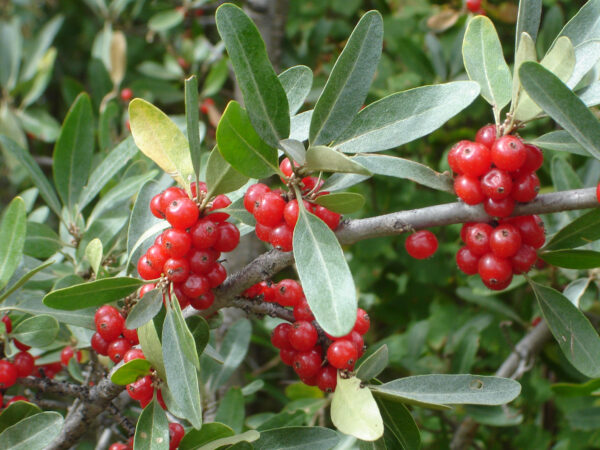

While the redesign is a step in the right direction, Devon Earl, a conservation specialist with the Alberta Wilderness Association, believes campgrounds should never be built in wildlife corridors.
“It’s much better to keep wildlife habitat wild than to develop it and then later on rollback that development because we realized it wasn’t a good idea,” she said.
Earl also raised concerns about a nearby 20-unit glamping development in the Kananaskis Public Land Use Zone. The area plays a significant role in supporting the movement of bears and elk, yet the project is proceeding anyway.
With the changes to the Spray Lakes West Campground, there will be 65 camping spots, but they will be closer together. This change will make the campground easier for the staff to manage.
The campground will also have better bathrooms and signs, and there will be spots for both tents and RVs. The redesign was made possible by the 2023 provincial budget, which put aside $1.7 million to upgrade the area.
The Spray Lakes West Campground will reopen in June 2024.
Hopefully, the 900 new campsites being created in Kananaskis will consider natural wildlife corridors in their design to prevent further negative impacts on wildlife.
And as outdoor users, we can do our part by keeping clean campsites and staying away from areas frequented by bears.

